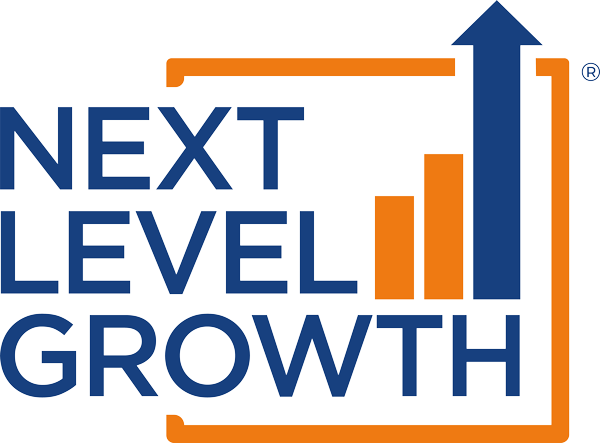I recently met with a CEO and, among other things, we discussed issues with engagement on the Board level of his organization. He was finding it difficult to get them committed to showing up, participating, and doing the work that was required. Ultimately, it was resulting in more work on fewer people’s shoulders.
He said to me, “when I make a commitment, I follow through.” I told him I agreed and that’s how I operate as well, and it’s disheartening that others don’t do the same. I said, “It’s up to us to make sure the team knows that engagement IS the expectation and that nothing less is acceptable. We need to look at the process, not the people. Our recruitment efforts should help ensure the right people, but we need to look at our process around engagement too.”
When I hear Employers, Managers, and other Leaders tell me they are experiencing “engagement issues” saying participation is just not at the desired level, they often follow it up with one of two reasons why they think it’s happening:
Reason 1: People.
We have the wrong people.
Reason 2: Expectations.
Our expectations are too high, the world of work is different these days.
I have another Hypothesis.
When I ask Leaders what their employee engagement process consists of, I almost always get a blank stare or some fumbling of information about how they host company-wide team-building events, do surveys, gift cards or other incentives.
Those might be a PART of the process, but my follow-up question is, “what is THE process for getting and keeping employees engaged? And, is it documented and communicated with the right people on the team?” Developing a strong process that is focused on employee engagement makes all the difference.
Your Employee Engagement Process needs an update.
Leaders, remember that you must set AND hold the standard for all expectations in your organization, including engagement. When engagement is the expectation, and you have a process to support that, you will have no choice but to have engaged team members. You’ll know when you have it right when the feeling is… engagement is our culture – it’s just the way it is around here.
When you’re faced with a problem like employee dis-engagement, approach the problem systematically… state the problem, get clear on the specifics of the problem and revisit your process.
When we can clearly identify the problem, and commit to doing something about it, it’s already half solved.
Here’s an example of how to set and keep a standard of engagement inside your organization with an Employee Engagement Process.
HR (or someone responsible for this function) owns the process.
- Starting from the Interview Process – check in with the applicant to gauge their interest (monitor the follow-through of candidates in the hiring process as a KPI).
- A warm welcome in Onboarding Process.
- Set the expectations for engagement in Orientation and all Meetings.
- Have a process for gauging training success and onboarding satisfaction within first weeks of new hire onboarding.
- Monitor meeting attendance and Average Meeting Scores (if you’re not scoring every meeting, you’re missing a real-time opportunity for engagement feedback).
- Formal and informal employee/ manager feedback process. Example: Annual Performance Evaluations and Quarterly Coaching Conversations.
- Recognize engaged employees company-wide (positive feedback loop).
- Make it a two way street- ensure their feedback is heard, addressed and implemented where appropriate.
The result?
Engaged employees, by design. Don’t blame the people if engagement is off, blame the process. A well-designed process will help you identify if you have the wrong people.
Free Quarterly Coaching Conversations Download
A key to employee engagement.
Next Steps
- Start a conversation with us today to learn about our unique approach to taking your business, and your life, to the Next Level.
- Not ready to start a conversation? Take our Business Health Assessment to see how your organization is performing in each of the Five Obsessions of Elite Organizations™.
- Learn how you can create outstanding playbooks for a fraction of the time and expense of doing it on your own with Process Optimizer®.


